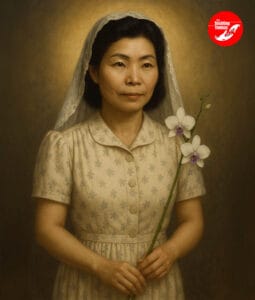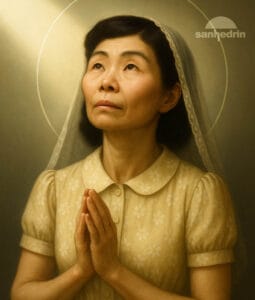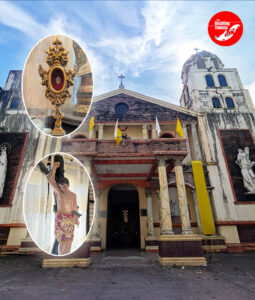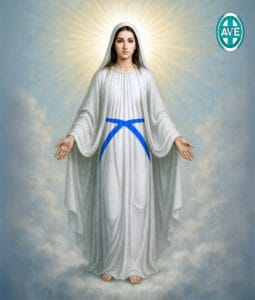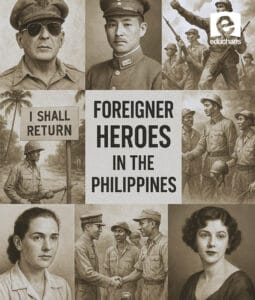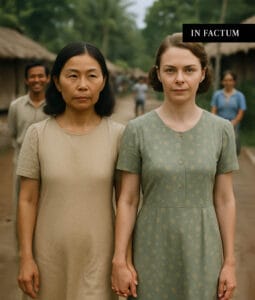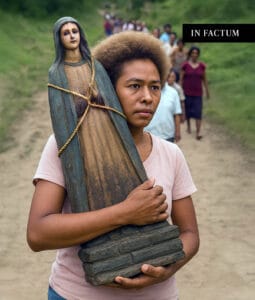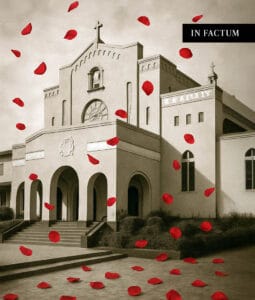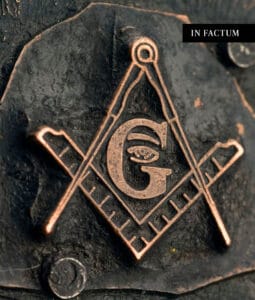Nellie Elizabeth Stocks-Fontillas, Mary Nakashima-Evangelista and Masue Masuda- Almazan developed into acquaintances into friends even before the war broke as they were all foreign nationals who married Filipinos. Elizabeth and Mary were both Catholics while Masue was a Buddhist. Elizabeth was an American while Mary and Masue were both Japanese. What was interesting is the fact that their friendship became deeper as the war progressed in the Philippines.
Truly polarized were the lives of Elizabeth Stocks-Fontillas and Masue Masuda-Almazan. Elizabeth actually worked with the underground resistance movement as an active guerilla intelligence officer while Masue as a former sensei (teacher) was a better choice over another Japanese (a photographer), to serve as the official interpreter of the Japanese Army.
To make things worse, Masue’s husband, Vicente was slain by a young Filipino guerilla and if she were vindictive enough, as a logical way by which an aggrieved wife would do, she could have easily asked the West Point-trained Capt. Horiki to round up suspects to get at the assailant but Masue did not do what was expected and even continued helping Filipinos anyway she could. On the other hand, Elizabeth was captured and Masue had to plead for her life. The authorities, at first, were also appeased when the Fontillas family were almost massacred in Paite by bounty hunters. Masue assured them that they could not possibly be suspected as they lived right under the nose of the Japanese as their house was very close to the Japanese garrison in San Narciso. Masue had to serve as their guarantor. To make the story short, Masue continued helping Elizabeth, one way or another despite the fact that reports continued to reach the authorities that Elizabeth was in fact, a guerrilla leader. In one of the episodes when Elizabeth was released from the Iba garrison, she had to be helped by Francisco “Paco” Baretto, grandfather of the Baretto actresses because her foot was smashed by a Japanese soldier using a rifle butt. Again, Masue was there, ready to welcome her back home.
During the liberation, when Elizabeth finally wore an American captain’s uniform, the soldier who caused her broken foot was captured and he was afraid she would have her shot. But Elizabeth, a practicing Catholic, forgave him and even assured his safe passage back to Japan. Similarly, Masue, a practicing Buddhist forgave the one who accused her as a Japanese spy before the Japanese came. Her long interrogation, which culminated in her release from Fort Stotsenberg in Clark made her absent from home when Chita, her youngest succumbed to German measles with Vicente helpless because of the dearth of medicines during that time against the disease. Masue forgave her accuser. But more importantly, she forgave Rafael Falucho, the 14-year-old guerilla who shot Vicente twice to make sure he would die.
Elizabeth had a pious disposition, trusting and likewise dependable which made her a bosom friend of two Japanese ladies, Mary Nakashima and Masue Masuda which blossomed during and even after the war. This must be the reason why Masue who later became Catholic even chose the Name Elizabeth to be her Christian name, in honor of her best friend. On the other hand, Masue who had been too distressed for helping many suspected guerrillas was herself calmed by no less then the Queen of heaven herself one time she made a short cut in front of the mystic San Sebastian Church where she saw Our Lady atop the church façade and unassumingly just referred to her as the “Most Beautiful Lady” she ever saw. This happened even if she was Buddhist doing spiritual and corporal works for her adopted countrymen. Her second appearance happened during the Misa de Gallo which she attended already a Catholic. She indeed died in the odor of sanctity because in the third appearance before her death, Our Lady told her that her sins were already forgiven and she would be joining her soon.
When Masue died, Elizabeth endured a tortuous 1.7-kilometer-travel from her home, limping with only one useful leg and which lasted for about two hours. Her youngest son, John helped her in this ordeal and acted as her other leg as she carried two orchid stalks for a dear friend who loved those flowers. When she finally arrived, the people at the wake exclaimed and sobbed that the best friend had finally arrived. When she placed the flowers atop the glass of her casket weeping, the glass broke and allowed the flowers to land on top of her heart causing the people to exclaim that Elizabeth Masue had indeed accepted Nellie Elizabeth’s gift with her heart, a fitting climax to two lives intertwined by an exemplary friendship.
Which now leads me to think, does not our Church teach the very embodiment of such friendship anchored on ecumenism? Nana Masay, as she was fondly known in San Narciso naturally first heard and known more about Christ from her husband, Vicente and yet she did not convert to become a Christian, the Aglipayan way as he was Aglipayan. She even had her children all christened Catholics. Elizabeth Fontillas never discriminated against her being a Buddhist aware that she was even more Christian than some Catholics and Aglipayans were. The key here is mutual respect just like seeing Christ in the person other than yourself. The person might appear to you as a loyal Roman subject, or his ideas may be revolutionary as that of a Zealot or mystical like that of an Essene, or his argumentative style must be like those of a Greek, but what is important is that you see the image of “Christ” in him.
And this leads me to address the townspeople of San Narciso, whose religious ones may be bickering over who is priority during the Lenten libot of the carrozas. As you know, there is this perennial unchristian accusation who is copying or trying to surpass the other between the Catholics and members of the Philippine Independent Church. You should have learned from the examples of the two God-given Elizabeths (Elizabeth like John means gift from God), Stocks and Masuda; for these heroines of San Narciso, both selfless and sacrificing for the sake of their neighbors should have taught you how to be ecumenical. Go ahead and celebrate together, let the Images of both factions be both enjoyed by the townspeople without qualms! Anyway, aren’t the saints, also people who had successfully qualified to also have the image of Christ?
FRMG Marciano “Arci” del Sol
Magdiwang Guardians

